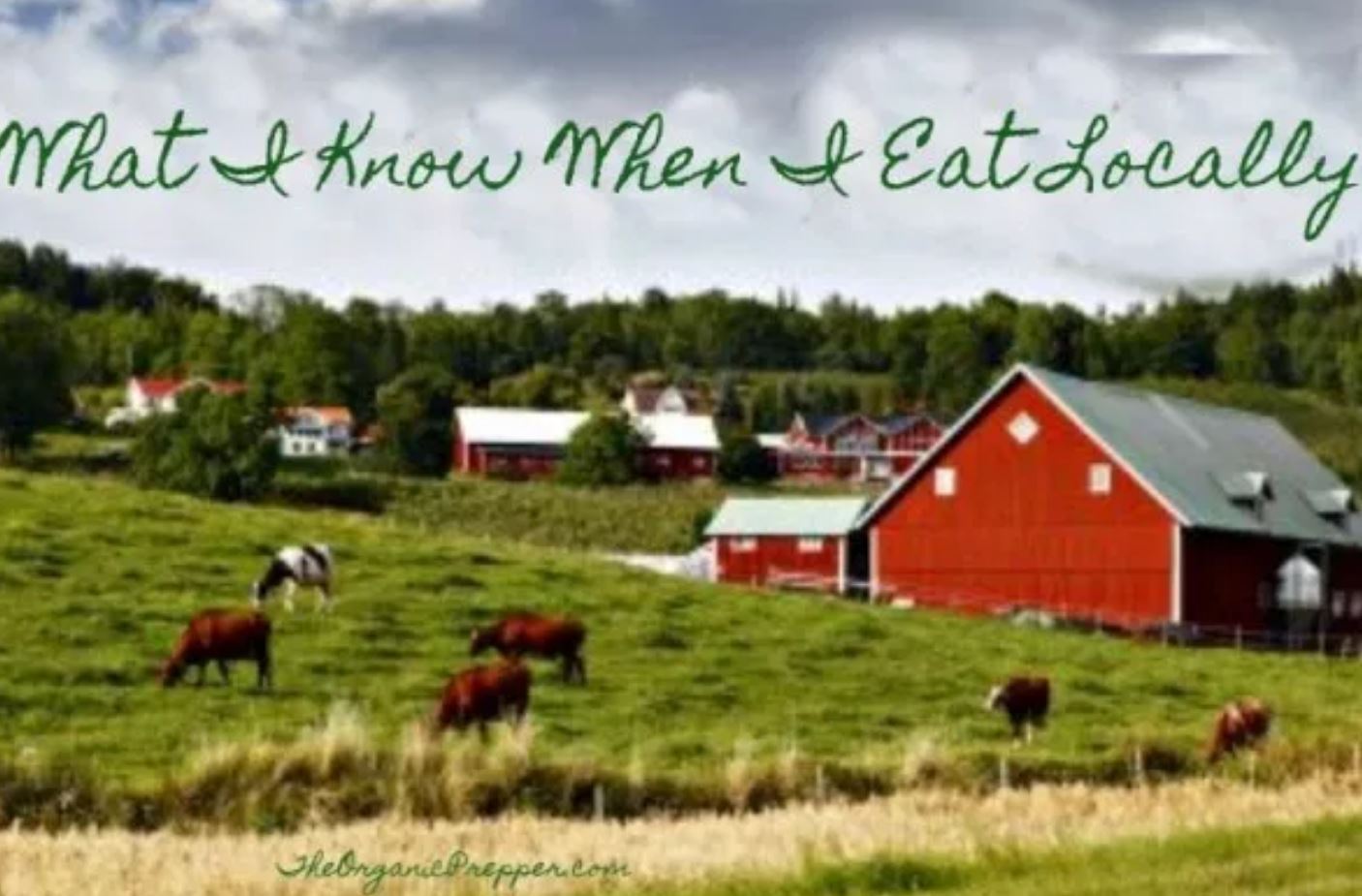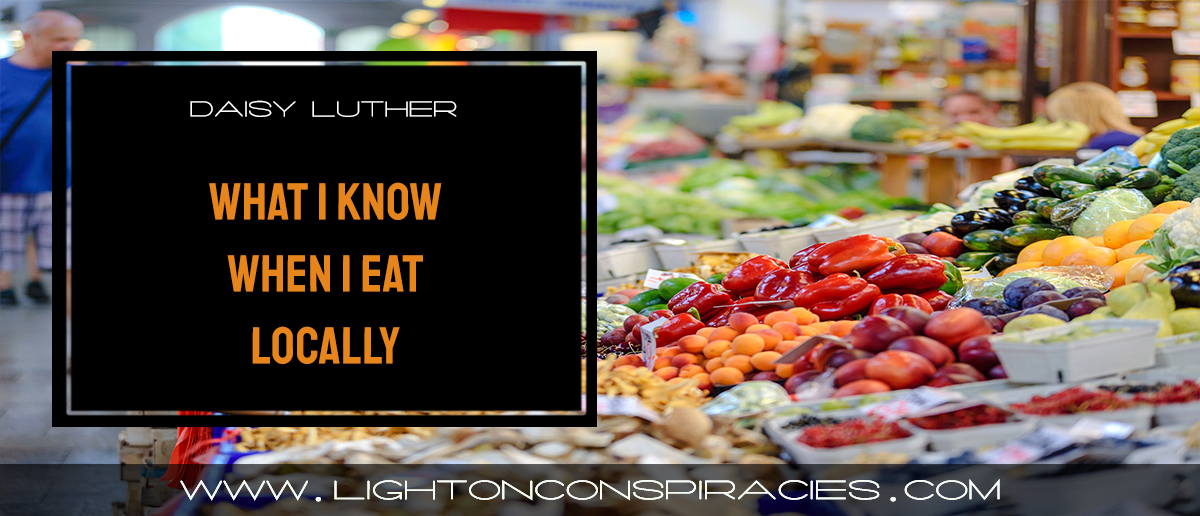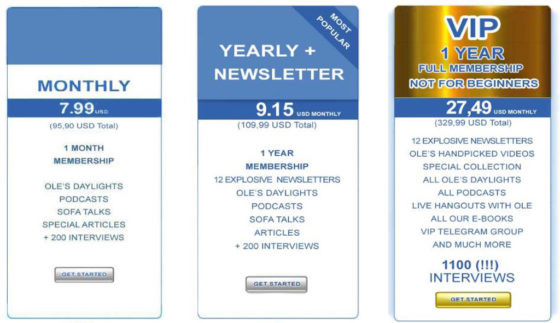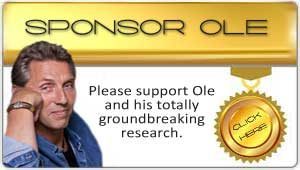By Daisy Luther

This article was originally published in 2015
The other day, I was cleaning out my freezer and something magical happened. Not only did I get a nice, organized freezer, but I realized what it really means to eat locally.
When you eat locally, you know things about your food that people who shop at the grocery store do not.
On the labels of nearly every package of meat in my freezer was the name of someone I know….whose farm I’ve actually been to.
I know that those incredibly delicious pork chops in my freezer came from an American Guinea Hog, a breed that is prized for its moderate size, friendly temperament, and mad foraging skills. I know that during its lifetime, that hog didn’t go a single day without a scratch between the ears and a kind word. The hog had a large area under the trees to snuffle around and do his hog thing all day long with his hog friends. The hog was kindly treated and humanely dispatched, and I saw the entire litter of them numerous times when I went over to the farmer’s house to pick up excess tomatoes.
And the beef in my freezer? Here’s what I know about that. Those cows lived a life of open ranges with all the grass they could chomp down in a day. They didn’t stand in piles of their own excrement, suffering for their entire existence. The herd that our beef came from was mostly Herefords, and I’ve chatted many times with the farmer.
BOOK AD
Coup d’etat in Slowmotion
by Ole Dammegard
For almost 30 years investigator Ole Dammegård has been on a quest to find the truth behind some of the worst conspiracies in the history of world – such as the murders US President John F. Kennedy, Robert Kennedy, John Lennon and the blowing up of m/s Estonia killing at least 852 innocent people. This has taken him on a very frightening and dangerous journey into unknown territories. What has been claimed as acts by lone madmen has turned out to be connected to the International military industrial complex and top level high finance, all sanctioned locally behind dark smoke screens. This ground breaking book focuses on the assassination of the Swedish Prime Minister Olof Palme, who was gunned down in February 1986. In Volume I secret agents, mercenaries, professional assassins, top politicians and innocent scapegoats fill the pages of this explosive book which shows a side of Sweden and the western world earlier glimpsed by very few. This is not the private opinion of one individual, but the disclosure of a puzzle so vast that it blows your mind. Let the detailed content speak for itself, but do not accept it uncritically. Read it – make up your own mind – then spread it.

I have chicken from a lady who knows the true meaning of free range. Her farmyard is studded with white, plump, contented birds pecking away at unseen bugs all day long. Our freezer also contains some lamb and some rabbits, all of which were well-treated, fed their natural diets, and allowed the freedom to enjoy the sunshine, nibble on the grass, and romp around.
And the jars of fruits and vegetables lining my shelves?
I went out for 3 days in a row with my daughter, early in the morning before the sun was too hot to pick the blueberries that we then cleaned and made jam and syrup from. The farm was so close we walked there with our cotton bags. Incidentally, I just picked up a big 2-gallon bucket of honey from hives that are right across the road from the blueberry patch.
I watched the progress just a mile from my house, as the peach trees bloomed white in the spring, then the little green fruits appeared. I was excited when I drove past one day and saw men with ladders against the trees because I knew I could soon get some of the very first peaches of the year. I bought and preserved so many peaches I thought we couldn’t possibly eat them all, but here we are, down to one last jar of jam and two jars of slices.
We picked blackberries when we found a lush patch during a walk in the woods. I made juice from wild grapes found on the same forest trail. Then the wildfires began here in our area, and there was an abundance of bear poop, so we left the rest of the berries for the hungry, displaced animals.
I supplemented my own garden tomatoes with the tomatoes of 3 other small farms. I traded homemade marinara sauce for tomatoes with one of them. I canned more than 100 pounds of tomatoes this year, into juice, purees, marinara sauce, and ketchup. Right about now, I’m wishing I’d canned 200 pounds because the tomato product supply has dwindled too quickly.
When I picked up my apples from the local, no-spray orchard, we talked at length about making apple cider vinegar, and the orchard owner helped me troubleshoot my first batch that wasn’t quite right.
Throughout the season, I stopped at my favorite nearby vegetable stand, run by a nice couple in their late 40s. We talk every time about new recipes we have created to use up the produce, and the lady took me out to show me a new style of bedding she was using for her laying hens. Compost is another favorite topic of conversation, and we update one another on our rates of decomposition the way other folks talk about their kids’ sporting events.
I know the name of the cow that our milk comes from. I pat her on the head nearly every week when I go pick up our fresh raw milk. She is sweet, gentle, and content. I learned to make butter this year, and I also make yogurt and cheese. And I know the ingredients and where these things come from.
I have two jars of spicy jalapeno relish left. Most of the peppers and cilantro originated in my backyard, but I did get blessed with a giant grocery bag of jalapenos from a guy who wanted me to make him a few jars of relish.
Just in time, as my shelves become emptier, I have garlic, carrots, hardy greens, and a rebellious broccoli plant coming up in my garden. I have spring peas and delicate greens started on my kitchen table. When I drove past the farmstand the other day, the hens were out there working hard to clean up the beds so that the farmers can plant. The first blooms are showing up on the trees in the nearby orchards. There are baby animals everywhere, and my daughter and I were lucky enough to help bottle feed a friend’s 4 orphan baby goats. They’re adorable, energetically jostling for position and butting their brothers out of the way. The owners of the goats patiently advised us how to feed them, and are a fountain of information about quails, rabbits, goats, and bees. Don’t even get me started, waxing poetic about the teeny little morsel-sized quail eggs I got in exchange for some homemade jam.
We know people who are delighted to share information about raising food. They encourage us and teach us. They pass on lessons you can’t learn in school, and they are generous with their time and knowledge. They know that the more people learn about the farming of food, the better off the Earth will be. This time of year, my personal Facebook feed is filled to the brim with photos of my neighbors’ newly born baby animals. We barter, one person’s canned goods for another person’s duck eggs.
Things that you see on labels at the store, like “cage-free”, “no antibiotics”, “all-natural” – these things aren’t just words on a label to me. They are things I see every week, but the real meaning of these phrases, instead of some convoluted sneaky workaround to get into the wallets of people who are against factory farming processes, but who don’t realize they are being deceived by big corporations and the USDA.
Eating locally means that I know, absolutely, that the meat we consume came from animals who were humanely raised and given freedom. I don’t have to rely on labels and arbitrary rules that mean a greedy corporation can take a cage so tightly stuffed with chickens that they can’t move and put it outside for 15 minutes a day and call them free range. Our milk doesn’t come from miserable cows who are shot up with hormones to make them produce more and left strapped to milking machines. Our meat doesn’t come from animals that are treated so abysmally that they have to be given constant doses of antibiotics to survive. We can watch the cycle of our food from start to finish, be it animal, fruit, or vegetable.
I know that the money I spend with local farmers pays for them to continue farming. If I never set foot in Safeway again, they wouldn’t notice. It would not affect their bottom line. But the business I support – the local farms and orchards – they depend on people like me. People who want to know their farmers and know their food. I want to vote with my dollars for the kind of food everyone should have access to, so I choose to do so by purchasing food from the farm down the road, not food that has been grown in some faraway place, picked before it’s ripe, and shipped halfway across the world and not processed chemicals assembled into something that somewhat resembles food.
I know now that farmers are teachers, and they are eager to pass on their knowledge to folks who really want to learn. They know the value of community, and hopefully, the community will take a lesson, and learn the value of farmers.
When you shop locally, you know what you are getting. You know it far beyond what you can ever find on a label. Because I know these things and I know these people, I can trust the food I give to my family.
Resources:
- To find a local farm, check out EatLocalGrown.com
- To learn to preserve local food and to find the recipes mentioned above, check out The Prepper’s Canning Guide
- To learn to prepare local food, check out True Food: Seasonal, Sustainable, Simple, Pure
- To use produce when it’s in season, check out The Seasonal Kitchen Companion.
Acknowledgment:
So many people like to scoff at California but I really found a home there. I found a local homesteading group who taught me more in one year about where food comes from than I learned in all of my previous years combined. They were kind, generous with information, and true stewards of the earth. I feel incredibly fortunate to have landed in a place and met so many people that I could call upon for advice and friendship.
I hope one day to find another community that comes even close to the one there. Re-reading this essay sure did make me homesick for El Dorado County, California. It also reminded me I need to seek a better network for food here in Virginia. Currently, I hit up an Earthfare store for most of our food and while it’s excellent quality, it’s definitely not the same as knowing where your food comes from and eating locally.
Daisy Luther is a coffee-swigging, gun-toting blogger who writes about current events, preparedness, frugality, voluntaryism, and the pursuit of liberty on her website, The Organic Prepper, where this article first appeared. She is widely republished across alternative media and she curates all the most important news links on her aggregate site, PreppersDailyNews.com. Daisy is the best-selling author of 4 books and lives in the mountains of Virginia with her two daughters and an ever-growing menagerie. You can find her on Facebook, Pinterest, and Twitter.












